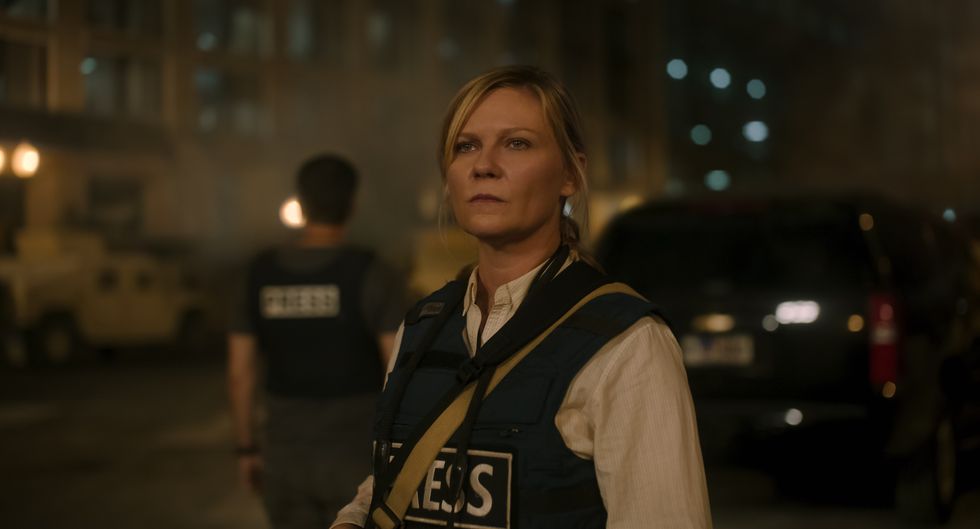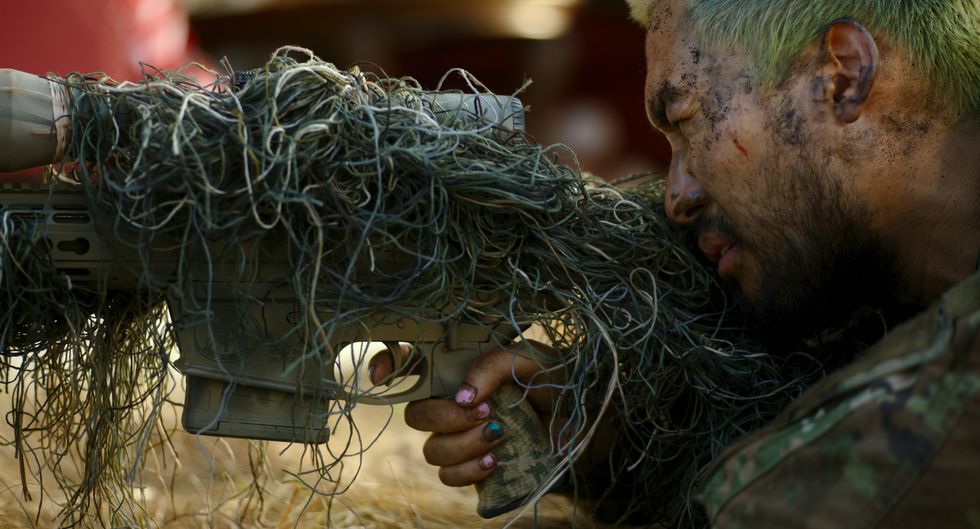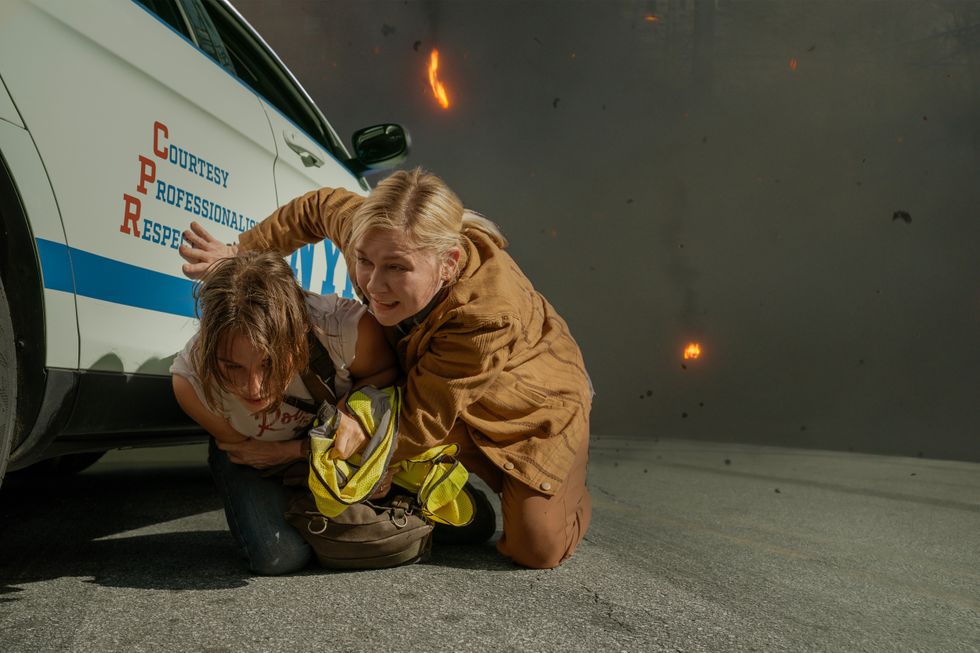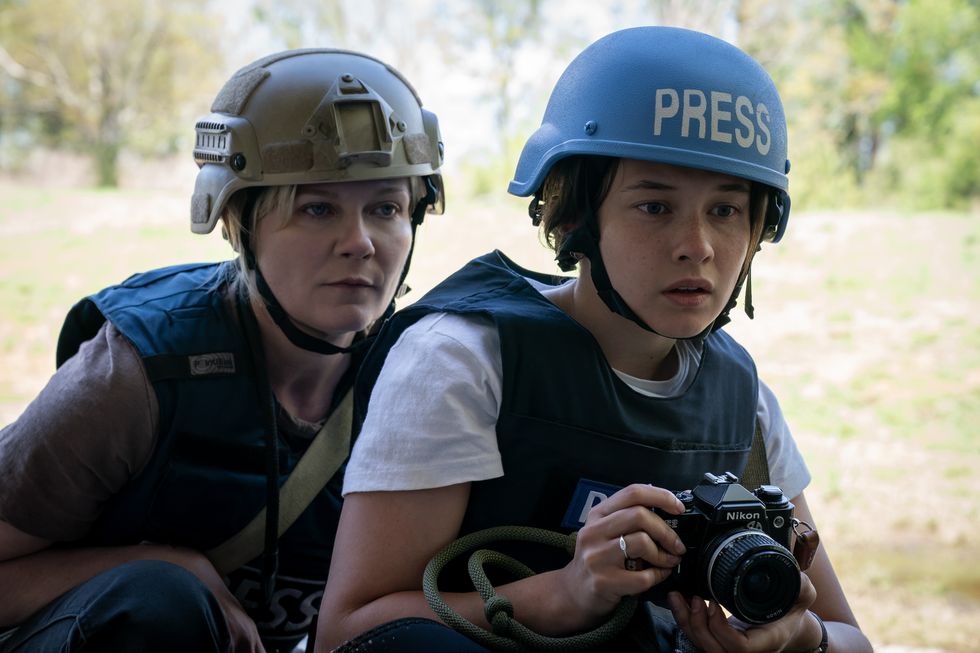When Eyes are the Windows to Your Story: A Satyajit Ray Video Essay
Satyajit Ray is one of the world's best known Indian filmmakers. Perhaps it is his distinctive use of eyes and gazes—examined in this video essay—that captivate global audiences most.
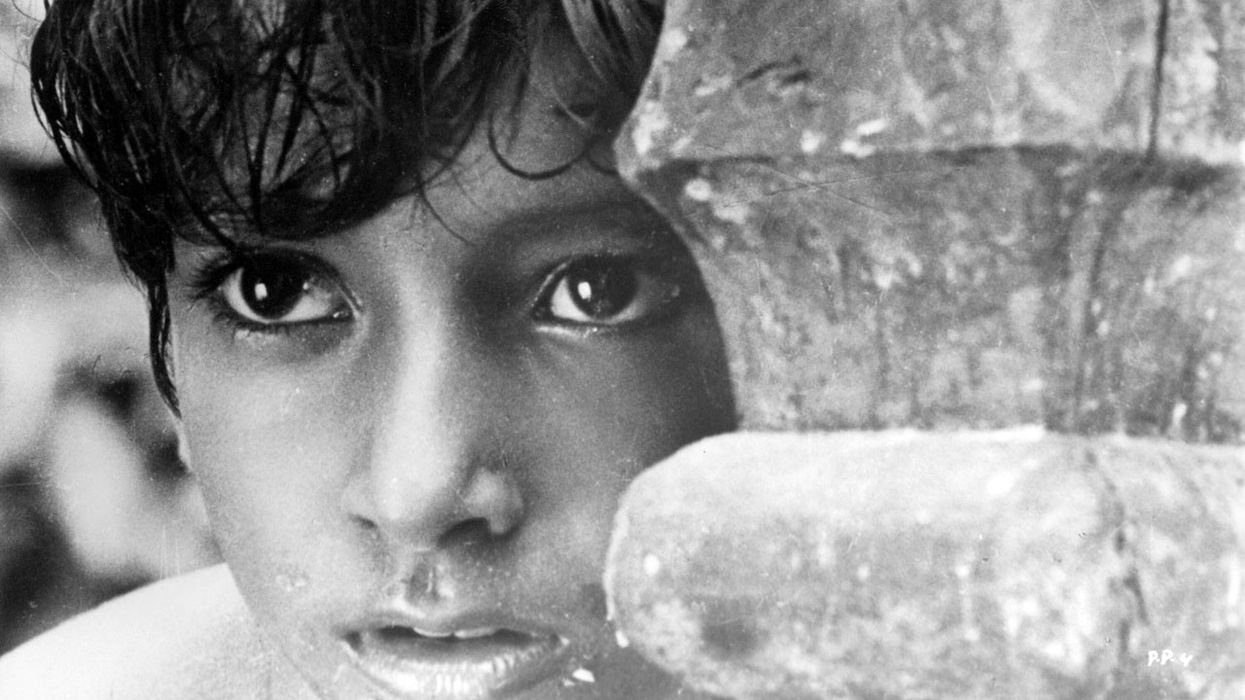
Ray's films feature a quiet, humanist vision, with meditations on the everyday lives of Indian people. He is best known for the Apu Trilogy, films that documented coming-of-age and life in rural India. These films were released throughout the 1950's, and he went on to make 36 features, including 1963's The Big City. This video essay from Fandor Keyframe explores the director's powerful use of eye contact—or lack thereof—to shape The Big City's entire arc, going as far as to say that, "The story of the film is told through the way the characters look at one another."
Ray is also worth noting because he maintained the spirit of a true indie filmmaker throughout his career. When he made Pather Panchali in the early 1950's, the first of what would become the Apu Trilogy, he worked with a cast of mostly amateur actors and an inexperienced crew. Pather immediately established Ray as a director of supreme talent, and the low-budget film achieved critical and financial success. When he showed a piece of the film to John Huston, who was location scouting in India, the American director spread the word about a new and massive talent on the international film scene. During production of Pather Panchali, the cumbersome equipment and rural location had presented difficulties, yet the film is still a marvel of beauty and images, with a dreamlike but documentary quality. Recently, the film, which won the award for Best Human Document at the Cannes Film Festival, has received a long overdue Criterion Collection release, joining many of his other works including the other two films in the trilogy, Aparajito and Apu Sansar.
By the time he made 1963's The Big City, he had began to operate the camera himself, telling Film Comment, "It’s wonderful to direct through the Arriflex because that’s the only position to tell you where the actors are, in exact relations to each other. Sitting by or standing by is no good for a director."
Despite being an international icon of Indian (and post-colonialist, and independent) cinema, Ray never went for Bollywood spectacle; many of his films were cut in camera, and he even composed the score for his film Charulata. He tended to eschew traditional music cues, relying on sound as a counterpoint to the image, a texture all its own. Ray's films were even accused of being gratuitously bleak by members of the Indian Parliament (and, oddly, François Truffaut, director of laugh riot The 400 Blows; he thought the film exploited, and exported, poverty.) Later in his career, Ray responded, "In The Big City, both husband and wife lose their jobs. There are no jobs around. They drift apart, there is misunderstanding, and they come together again. But they still don’t have any jobs, and they may not have any for quite some time, but that doesn’t make it despairing."
The judgment of his critics is doubly ironic when one considers Ray's own stance on narrative: "You need a happy ending. However, if you can create tragic situations and jerk a few tears before the happy ending, it will work much better.” The cinema of Satyajit Ray continues to touch filmmakers and film lovers all over the world.
"There is nothing irrelevant or haphazard in his cinematographic technique. In that lies the secret of its excellence.”
Among his biggest fans are many international luminaries of film, including Akira Kurosawa, who marveled at the quiet grace of Ray's cinema of humanity: "Without the least effort and without any sudden jerks, Ray paints his picture, but its effect on the audience is to stir up deep passions. How does he achieve this? There is nothing irrelevant or haphazard in his cinematographic technique. In that lies the secret of its excellence.” If you aren't familiar with the work of Satyajit Ray, you owe it to yourself to acquaint yourself with this cinematic master and icon for indie filmmakers.

